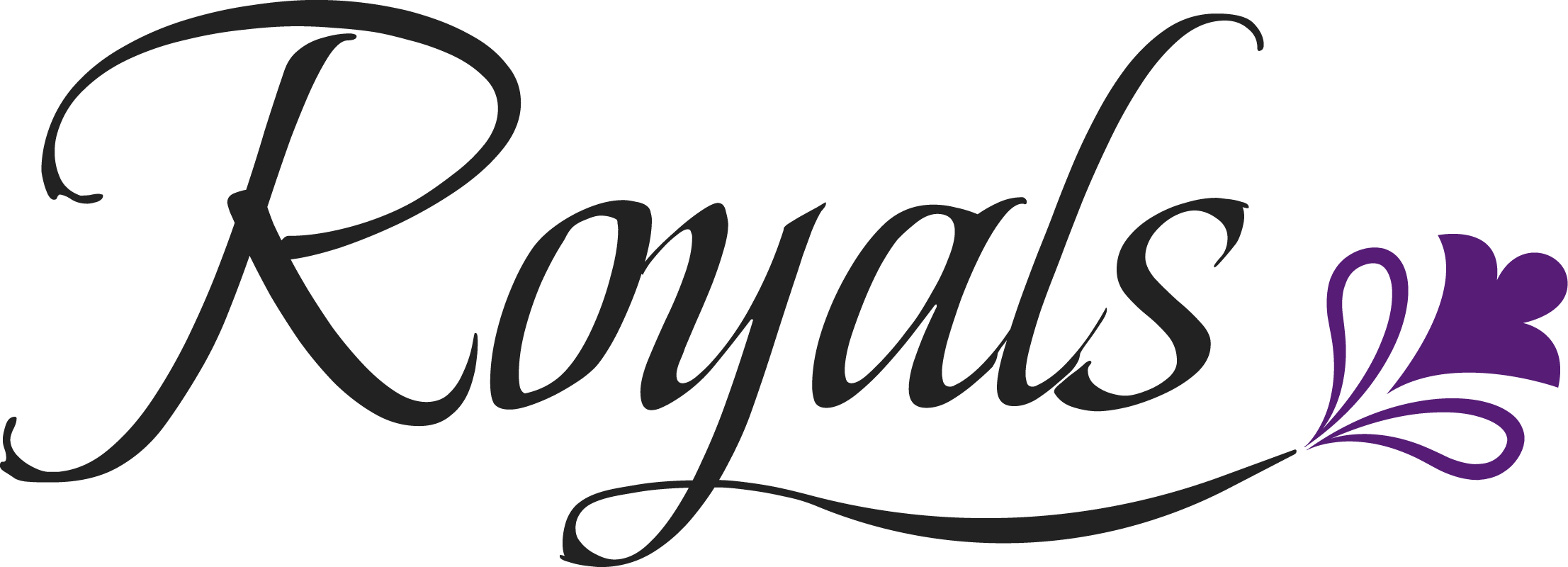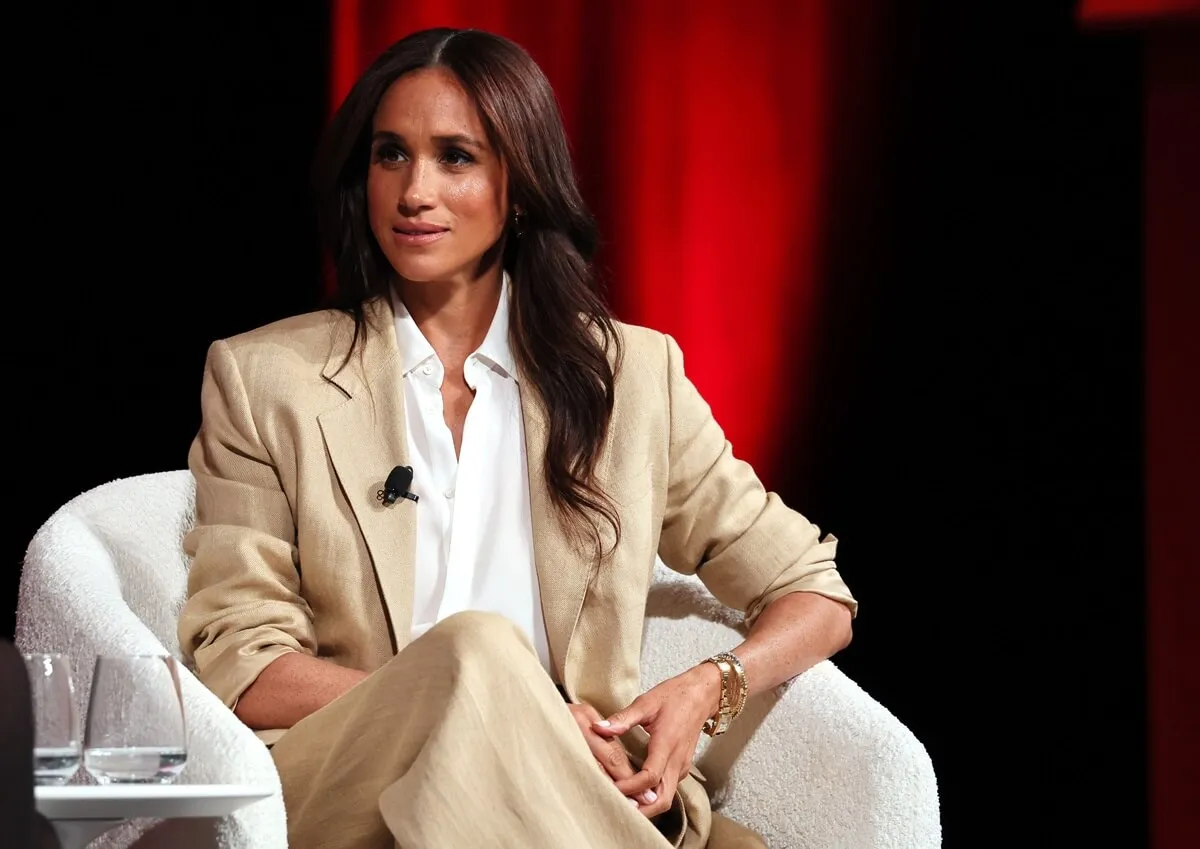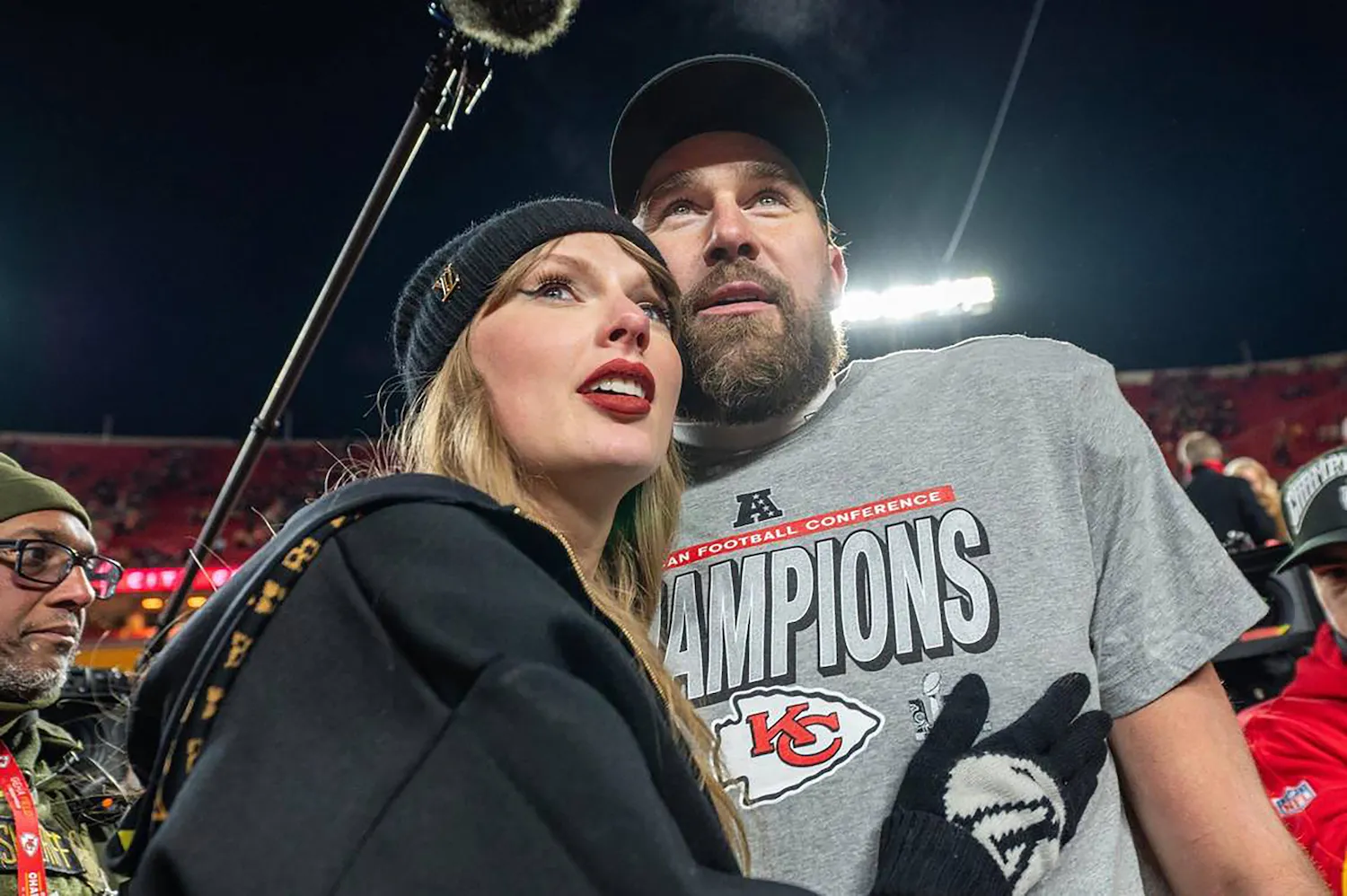Prince Philip Didn’t Have a Last Name For Many Years
At 99, Prince Philip has certainly had an interesting and expansive life. Though the Duke of Edinburgh is officially retired from his public duties, for over seven decades, he stood by Queen Elizabeth II’s side, giving up his role in the Royal Navy in order to serve as a senior member of the British royal family.
The duke’s early years were quite challenging. He was born in Corfu, Greece to Princess Alice of Battenberg and Prince Andrew of Greece and Denmark. However, when he was just one-year-old, his uncle, the King of Greece was effectively removed from the throne and Prince Philip and his family were forced to flee the country.
Due to his mother’s mental illness and his father’s philandering, the prince was left adrift without any real guidance or a real home until his uncle Georgie Mountbatten took him in. After George died, the prince’s uncle, Dickie Mountbatten finished raising him. During this time, the prince did not have a last name.
Prince Philip always struggled to find his place in the world
After his family fled Greece, Prince Philip’s life quickly fell apart. His father abandoned the family to live with his mistress in Southern France. The abandonment has sat with the duke until this day. In fact, though he is perceived as gruff by the public, Prince Philip is extremely close to his children and grandchildren.
Unfortunately, when he and Queen Elizabeth II married in 1947, he struggled immensely with living in his wife’s shadow. In fact, the pair reportedly had a vicious argument when the queen refused to change the royal house name from House of Windsor to House of Mountbatten.
“I am nothing but a bloody amoeba,” Prince Philip said. “I am the only man in the country not allowed to give his name to his own children.”
Prince Philip had no last name as a child
Since his parents were greek royalty, Prince Philip did not have a last name growing up. In fact, he was viciously mocked when he was in prep school and he was referred to as Philip of Greece.
When the Duke of Edinburgh moved to Britain and became a naturalized British citizen after his uncle’s took him in, he took his maternal last name, Mountbatten.
Despite his chosen last name, upon marrying Queen Elizabeth and gaining His Royal Highness title (HRH), the prince dropped his last name once again. After all, the title does not require a last name because it has such a high ranking.
This is the British royal family’s official last name
Since the younger royals attend public school and some of them have even held regular jobs and positions in the armed forces, Queen Elizabeth and Prince Philip came up with a compromise concerning the royal family’s official last name.
When Queen Elizabeth ascended the throne, Prime Minister, Winston Churchill told her to keep the family name of House of Windsor. However, to appease Prince Philip, the queen suggested Mountbatten-Windsor. For example, since Prince Harry and Meghan, Duchess of Sussex decided not to give their son a royal title, his name is Archie Harrison Mountbatten-Windsor.



